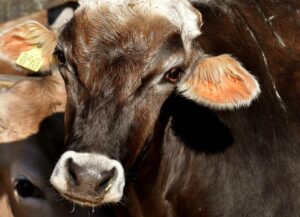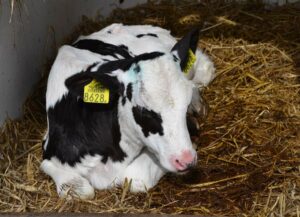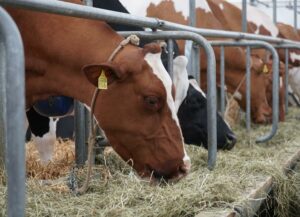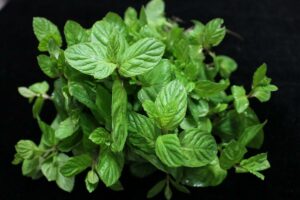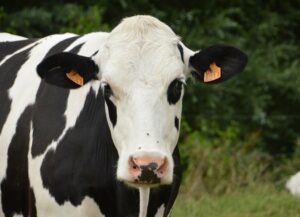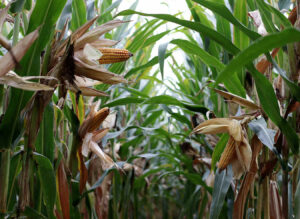Fernando Díaz
At calving, calcium requirements are quadrupled, which results in cows experiencing variable degrees of subclinical to clinical hypocalcemia. Subclinical hypocalcemia (SCH) is normally defined as calcium concentrations in blood lower than 2.1 mmol/L (8.5 mg/dL). Previous research conducted in Holsteins reported that number of lactations and prepartum calcium status were the most important factors associated with having SCH at parturition.
Cows in third or greater parities were 70% more likely to have SCH than second-lactation cows. Similarly, multiparous cows with low blood calcium levels in the prepartum period were 40% more likely to have SCH at parturition than cows with normal calcium concentrations. Jersey cows are more prone to SCH than other breeds, may be due to the greater calcium content in their milk and higher milk component production per unit of body weight.
Using a retrospective cohort study, researchers from University of California (Valldecabres et al., 2019) identified cow-level factors associated with SCH in multiparous Jersey (598) and Jersey × Holstein crossbreed cows (218) from two commercial Californian dairies. Both herds moved dry cows to a close-up pen approximately three weeks before their expected calving date and fed them a TMR containing anionic salts (DCAD: – 16.8 – 18.7 mEq/100 g). On average, blood samples to determine total calcium level were collected from the tail at 3 hours and 19 minutes.
The findings of this experiment were published in Journal of Dairy Science. The prevalence of SCH was 64%, and these were the main risk factors associated with low serum calcium concentration:
- Lactation number: SCH prevalence increased with parity: 46, 65, and 85% of cows in lactation 2, 3, and ≥4, respectively. Compared with cows in lactation 2, cows in lactation 3 and more than 3 were 1.4 and 1.8 times more likely to be below the threshold of 8.5 mg/dL calcium, respectively.
- Calf sex: cows that birthed male calves were 1.3 times more likely to be diagnosed with SCH than cows that birthed female calves.
- Previous lactation length: cows with shorter previous lactation showed lower risk of SCH.
- Previous lactation production: cows with a lower previous lactation 305-d mature-equivalent milk yield (less than 8,106 kg) had more risk of SCH than cows with greater production (9,698 kg).
- Interesting, the authors observed no association between SCH and previous lactation first test milk yield; last test somatic cell count; lengths of calving interval, gestation, dry and close-up periods; body condition and locomotion scores at calving.
In summary, this study identified parity (older cows), calf sex (male), previous lactation length (long), and previous lactation 305-d mature equivalent milk yield (low) as risk factors associated with SCH at calving in multiparous Jersey or crossbreed cows.
References
- R. C. Neves, B. M. Leno, T. Stokol, T. R. Overton, and J. A. A. McArt. 2018. Risk factors associated with postpartum subclinical hypocalcemia in dairy cows. J. Dairy Sci. 100:3796–3804.
- A. Valldecabres, J. A. A. Pires, and N. Silva-del-Río. 2019. Cow-level factors associated with subclinical hypocalcemia at calving in multiparous Jersey cows. J. Dairy Sci. 102:8367–8375.



